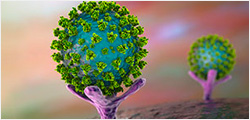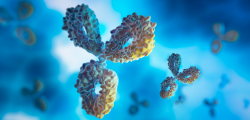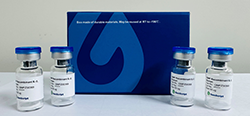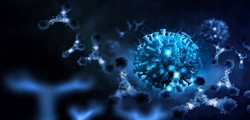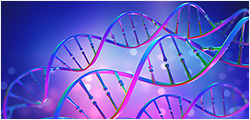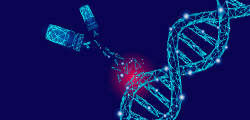| Species |
Human |
| Protein Construction |
Angiostatin K1-3 (Val98-Pro356)
Accession # P00747 |
|
| Purity |
> 95% as analyzed by SDS-PAGE
> 95% as analyzed by HPLC |
| Endotoxin Level |
< 1 EU/μg of protein by LAL method |
| Biological Activity |
Fully biologically active when compared to standard. The specific activity determined by an assay on anti-proliferation and anti-migration using endothelial cells in vitro and anti-angiogenesis in vivo is 5.5 × 105 IU/mg. |
| Expression System |
E. coli |
| Theoretical Molecular Weight |
29.7 kDa |
| Formulation |
Lyophilized from a 0.2 μm filtered solution in 20 mM NaAc, pH 5.5, 4 % mannitol. |
| Reconstitution |
It is recommended that this vial be briefly centrifuged prior to opening to bring the contents to the bottom. Reconstitute the lyophilized powder in sterile distilled water or aqueous buffer containing 0.1% BSA to a concentration of 0.1-1.0 mg/ml. |
| Storage & Stability |
Upon receiving, this product remains stable for up to 6 months at -70°C or -20°C. Upon reconstitution, the product should be stable for up to 1 week at 4°C or up to 3 months at -20°C. Avoid repeated freeze-thaw cycles. |
| Target Background |
Angiostatin K1-3 is a ~30 kDa fragment of plasminogen that has been shown to act as a potent inhibitor of angiogenesis and tumor growth in vitro and in vivo. K1-3 form the “triangular bowl-like structure” of angiostatin. This structure is stabilized by interactions between inter-kringle peptides and kringles, although the kringle domains do not directly interact with each other. Angiostatin is effectively divided into two sides. The active site of K1 is found on one side, while the active sites of K2 and K3 are found on the other. This is hypothesized to result in the two different functions of angiostatin. The K1 side is believed to be primarily responsible for the inhibition of cellular proliferation, while the K2-K3 sides is believed to be primarily responsible for the inhibition of cell migration. |
| Synonyms |
Angiostatin K1-3 |
For laboratory research use only. Direct human use, including taking orally and injection and clinical use are forbidden.















